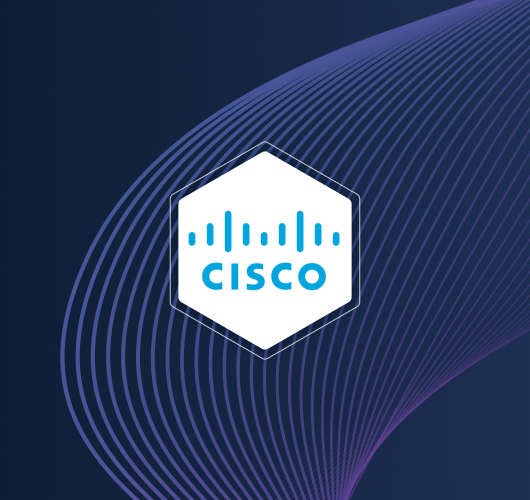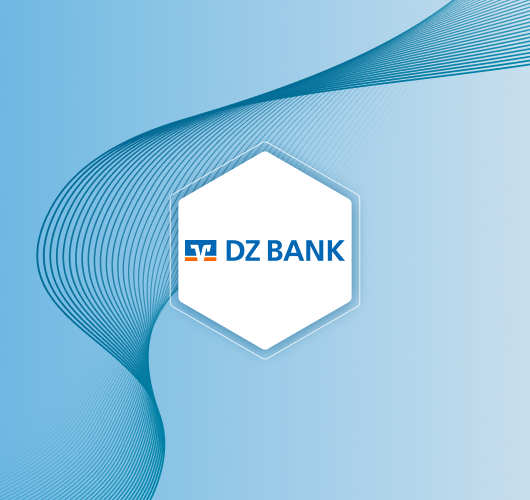Machine Identity Security
Manage and protect all machine identities, including secrets, certificates and workload identities, with the world’s most comprehensive machine identity security solutions.
Securing the machine future
Pervasive AI adoption, cloud computing and other modernization efforts are all contributing to a mass proliferation of machine identities, and every mismanaged identity is a potential point of compromise. Comprehensive machine identity security is what keeps your business resilient—and future ready.
Comprehensive observability
Maintain visibility of the machine identities in your infrastructure using a single, consolidated platform.
Advanced automation
Increase efficiency, reduce risk from manual processes and build resilience with scalable, policy-driven automation for every machine identity type.
Full-spectrum protection
Deliver protection across the entire machine identity lifecycle, from discovery to privilege control to governance.
Future ready
Meet the increasingly complex needs of modern, flexible architectures, and prepare for the emerging challenges of reduced certificate lifetimes, quantum computing, agentic AI and more.
Secure all machine identities and non-human identities that matter, all the time.
Only CyberArk offers full protection for every type of machine identity, including secrets, certificates, workload identities and SSH keys.
Secrets Management
Prevent breaches and secure digital infrastructure through simplified protection of all secrets and other machine identities for applications, DevOps pipelines and cloud workloads.


Certificate Management
Eliminate production outages with complete certificate visibility and lifecycle automation in the data center, the cloud, network infrastructure and everywhere in between.
Workload Identity Security
Protect your Kubernetes environment with just-in-time issuance and authentication for every workload identity—even in complex hybrid and multi-cloud environments.


“Samantha Serenko, Senior Security Engineer at Bank of America, shares how Venafi, a CyberArk Company, has transformed machine identity security for her team thanks to automation and full visibility into their certificate inventory. Does Samantha find that security and efficiency improved at the bank since deploying Venafi products? Would Samantha recommend others give Venafi solutions a try? Watch on to find out! ”
Samantha Serenko, Senior Security Engineer

“Michael Flanders, Senior Cybersecurity Engineer with Southwest Airlines reflects on nearly a decade of partnering with Venafi. He shares his perspective on how Venafi supports security and efficiency at Southwest thanks to the automation of processes they were previously managing on a spreadsheet! Watch on to learn the many benefits that automation with Venafi has brought to his team.”
Michael Flanders, Senior Cybersecurity Engineer

“We are very proud about what we have achieved with our program. The CyberArk Identity Security Platform helps us secure and manage human and non-human identities in a unified solution. We secure 50,000 human privileged identities, isolate and monitor more than 25,000 sessions per month, and produce more than a thousand hours of recorded sessions per day. From a secrets management perspective, we vault and rotate tens of thousands of credentials used by applications and manage more than 40 million API secrets calls a month.”
Santosh Prusty, Senior Leader, Enterprise Security Team, Cisco

“When it comes to identity security and especially Privileged Access Management, CyberArk is the key service DZ BANK uses to protect our IT infrastructure. Since integrating CyberArk into our environment, privilege management and security have definitely improved. Fundamentally, it always comes back to having control over privileges and being able to manage secrets.”
Jan Thielmann, IT Security Specialist, DZ BANK AG
Explore
related
resources
Contact our expert team
Understand the key components of a Machine Identity Security strategy
Accelerate digital business initiatives
Identify next steps in your Machine Identity Security journey